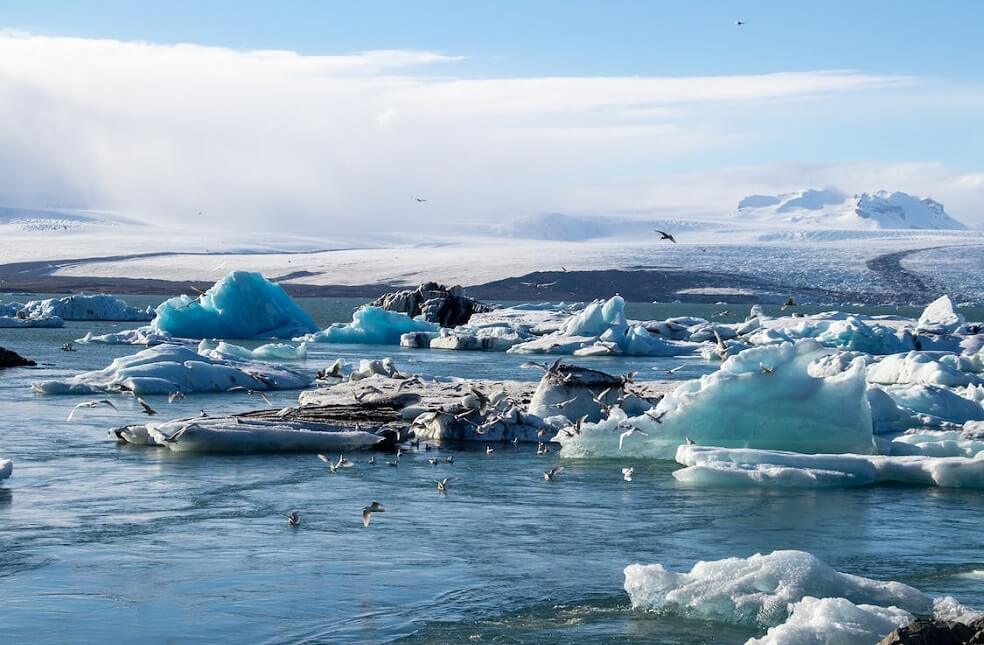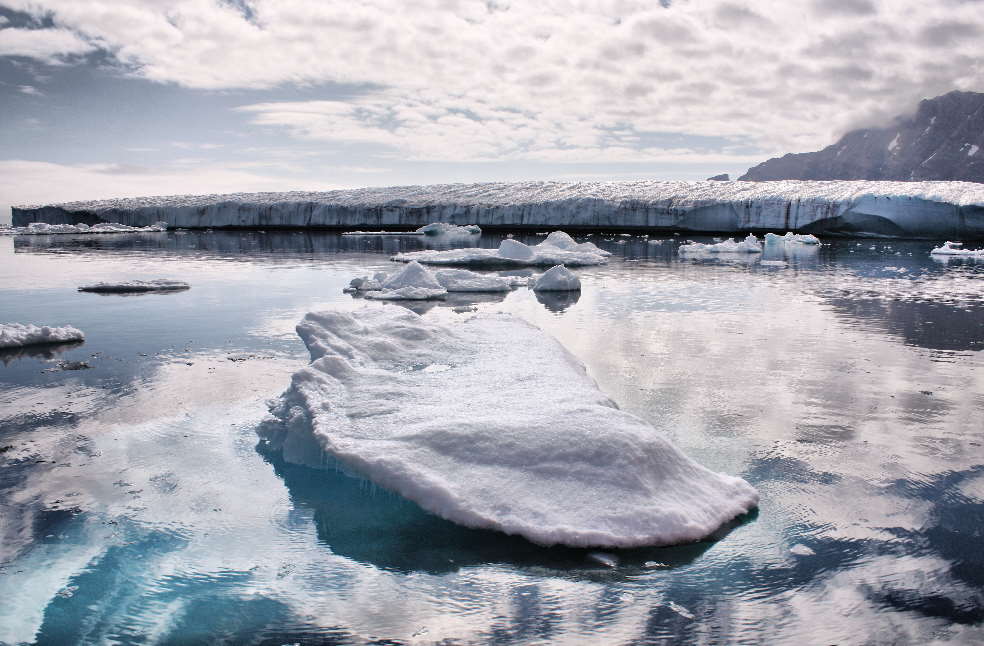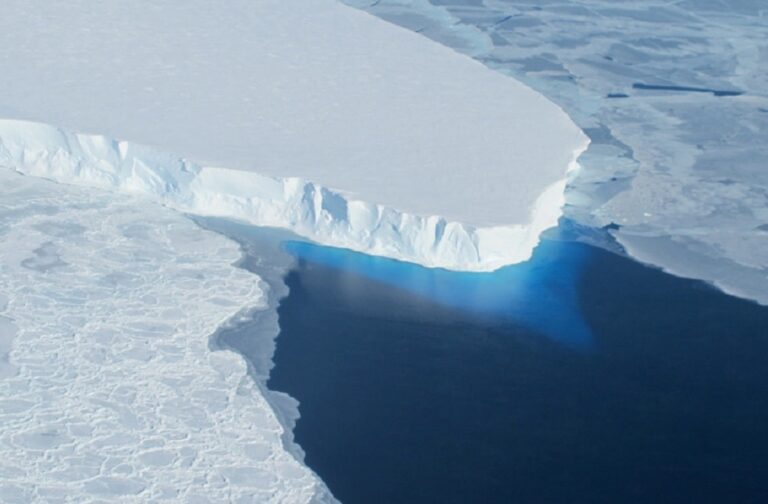United States: Nearly 240,000 satellite photos of glacier terminus positions, where glaciers meet the ocean, from 1985 to 2022 were collected by US researchers for the new study.
According to the study, the climate crisis is causing the Greenland ice cap to lose an average of 30 million tonnes of ice every hour, which is 20 percent more than previously believed.
There is a growing concern among scientists that the additional freshwater entering the North Atlantic could eventually cause the Atlantic meridional overturning circulation (Amoc), an ocean current collapse that would have catastrophic effects on humanity.

The Greenland ice sheet has lost roughly 5,000 gigatons of ice from its surface over the previous 20 years, according to earlier research, which has significantly raised sea levels.
They discovered that over 1000 gigatons, or one billion tons, or twenty percent, of the ice surrounding Greenland’s edges had disappeared and were missing over the previous forty years.
The authors emphasized that this would have had a “minimal” direct impact on sea level rise because the ice at the island’s edges is already submerged in water.

The Greenland glaciers that are most vulnerable to seasonal variations, that is, to growing in the winter and shrinking in the summer, are also the ones that are most vulnerable to the effects of global warming, according to research.
Eventually, entire island nations and seaside cities may be submerged due to rising sea levels, which pose a threat to hundreds of millions of people living in coastal and island communities. Using artificial intelligence techniques, the study, which was published in the journal Nature, mapped over 235,000 glacier end positions at a resolution of 120 meters over a 38-year period.



